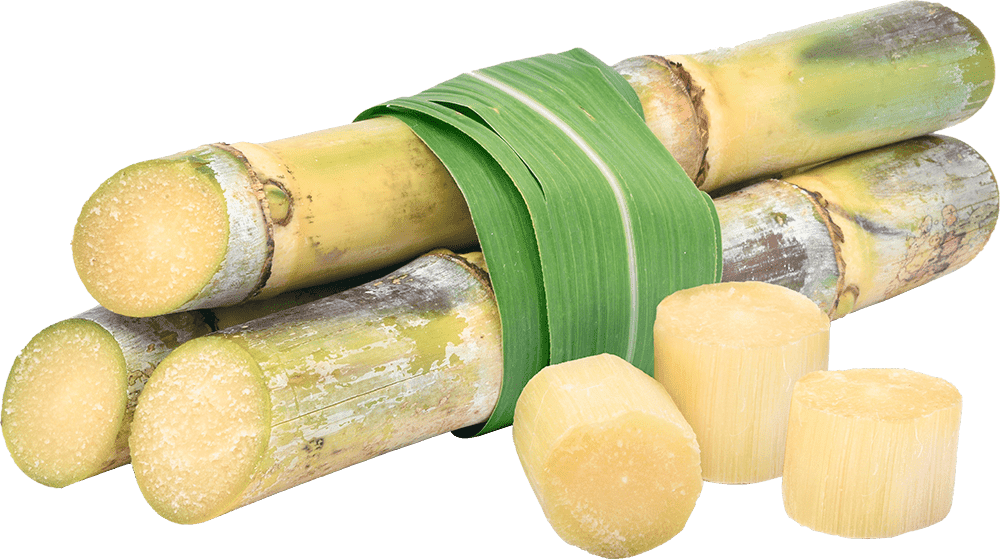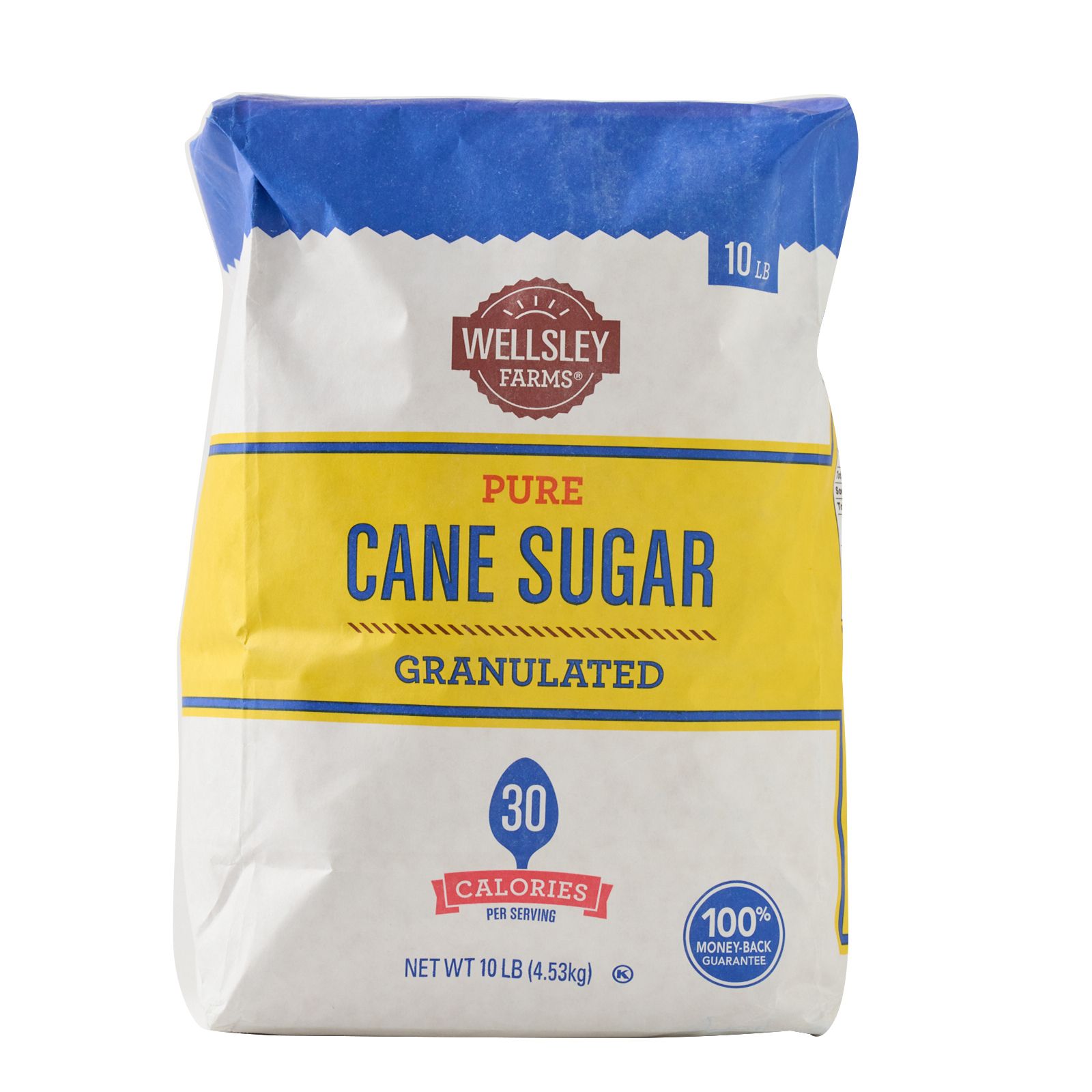Understanding Cane Sugar Processing: A Comprehensive Summary of the Stages
Understanding Cane Sugar Processing: A Comprehensive Summary of the Stages
Blog Article
Discovering the Comprehensive Tips Associated With Walking Stick Sugar Handling From Collecting to Improvement
The process of walking cane sugar production incorporates a series of complex actions, starting with the cautious harvesting of sugarcane and culminating in the improvement stages that ensure the final item meets sector standards. Each phase, from the extraction of juice to the filtration and formation processes, plays an important role in establishing the top quality and character of the sugar. Understanding these stages not only highlights the complexity of sugar production yet additionally elevates crucial inquiries regarding efficiency, sustainability, and technology in the market. What effects do these factors have for future techniques?
Collecting Sugarcane
Harvesting sugarcane is a vital action in the walking stick sugar processing chain, as it straight affects the quality and return of the final product. Proper timing and methods are vital during this stage to make sure ideal sugar material and reduce losses. Commonly, sugarcane is gathered when it reaches maturity, usually 12 to 18 months after planting, identified by a high sucrose concentration.
:max_bytes(150000):strip_icc()/ms-sugar-getty-cfed0662acca49f7b6e52c593767dfb9.jpg)
Post-harvest, the sugarcane should be refined promptly to avoid sucrose destruction. Preferably, collected walking stick must be moved to processing centers within 1 day to protect sugar quality. Therefore, reliable logistical preparation is crucial to preserve the stability of the harvested crop throughout the supply chain.
Removal Refine

The crushed walking cane undergoes a collection of pressing procedures to make the most of juice recuperation. Typically, warm water is splashed onto the smashed walking cane, producing a countercurrent flow that aids dissolve the sugar while additionally helping in the removal process. The juice accumulated from this procedure includes not only sugar however likewise different organic substances and contaminations.

To boost removal efficiency, some facilities may employ diffusion methods, where the sugarcane is taken in warm water, allowing the soluble sugars to diffuse into the fluid. The resulting juice, rich in sucrose, is then directed to subsequent processing phases, laying the structure for purification and refinement. The extraction process is thus crucial in determining the top quality and return of the final sugar item.
Filtration Methods
The purification methods employed in walking cane sugar handling are vital for changing the raw juice right into a high-grade sugar item. These methods mostly aim to remove contaminations, such as soil, plant products, and inorganic substances, which can adversely impact the end product's taste and color.
One of one of the most typical filtration methods is information. This process entails including lime and heat to the raw juice, which facilitates the coagulation of pollutants. The resulting precipitate is after that eliminated via sedimentation or filtering, generating a clearer juice. Furthermore, making use of phosphoric acid can boost the explanation process by further binding impurities.
Another significant technique is carbonatation, where carbon dioxide is presented to the made clear juice. This reaction produces calcium carbonate, which records staying contaminations and advertises their elimination.
In addition, activated carbon treatment may be used to adsorb any kind of remaining colorants and organic pollutants, making certain an extra polished item. The mix of these approaches successfully prepares the sugar juice for succeeding actions in the refining procedure, setting the stage for the production of high-quality walking stick sugar.
Condensation Techniques
After get more the purification phase, the following crucial action in walking stick sugar processing entails crystallization techniques, which play an essential duty in transforming the cleared up juice right into strong sugar. This process commonly uses 2 key techniques: spontaneous formation and controlled formation.
In spontaneous condensation, supersaturated sugar solutions are enabled to cool down naturally, leading to the development of sugar crystals over time. This method allows for the uniform growth of sugar crystals and higher purity.
During formation, the cleared up juice is concentrated via evaporation, boosting its sugar content until it reaches supersaturation. When this point is achieved, either method can help with the formation procedure. Cane Sugar Processing. The resultant sugar crystals are after that separated from the staying syrup through centrifugation
Inevitably, the selection of condensation approach impacts the high quality, dimension, and purity of the last sugar product, making this action essential in the total walking cane sugar processing procedure.
Improvement and Product Packaging
How can the pureness and quality of walking cane sugar be even more boosted after condensation? The This Site refinement procedure plays an essential role in achieving high-quality walking stick sugar. Complying with condensation, sugar goes through a detailed cleaning to eliminate impurities and residual molasses. This is usually achieved utilizing cozy water or vapor, which helps dissolve and draw out unwanted components while protecting the sugar crystals.
Next, the sugar goes through a procedure called centrifugation, where it is spun at broadband to divide the cleansed sugar crystals from the staying fluid. After centrifugation, the sugar is typically further fine-tuned via a technique called carbonization or phosphatation, which utilizes turned on carbon or phosphoric acid to get rid of color and off-flavors.
As soon as improved, the sugar is dried to attain the desired moisture material, ensuring that it stays stable throughout storage and transportation. The last step entails packaging the polished sugar in airtight and moisture-proof containers to maintain its quality and protect against contamination. Cane Sugar Processing. Correct packaging not only extends service life but likewise facilitates very easy handling and distribution, guaranteeing that consumers obtain sugar that meets the highest possible requirements of pureness and high he said quality
Verdict
The comprehensive actions associated with walking stick sugar processing, from the precise harvesting of sugarcane to the elaborate refinement and packaging phases, emphasize the relevance of each stage in guaranteeing high-quality sugar manufacturing. Optimal harvesting techniques, effective removal approaches, and extensive filtration procedures collectively add to the end product's purity and stability. The crystallization and succeeding product packaging techniques better enhance the honesty and shelf life of the sugar, highlighting the complexity and accuracy inherent in this vital agricultural industry.
The procedure of cane sugar production encompasses a series of complex steps, beginning with the cautious harvesting of sugarcane and culminating in the refinement phases that make certain the last product meets sector requirements. Ideally, harvested walking stick should be transported to processing facilities within 24 hours to protect sugar high quality.In spontaneous condensation, supersaturated sugar remedies are enabled to cool naturally, leading to the formation of sugar crystals over time - Cane Sugar Processing. The refinement procedure plays a critical function in attaining top quality walking stick sugar.The extensive actions included in cane sugar handling, from the thorough harvesting of sugarcane to the detailed improvement and packaging stages, underscore the value of each stage in making sure top quality sugar manufacturing
Report this page